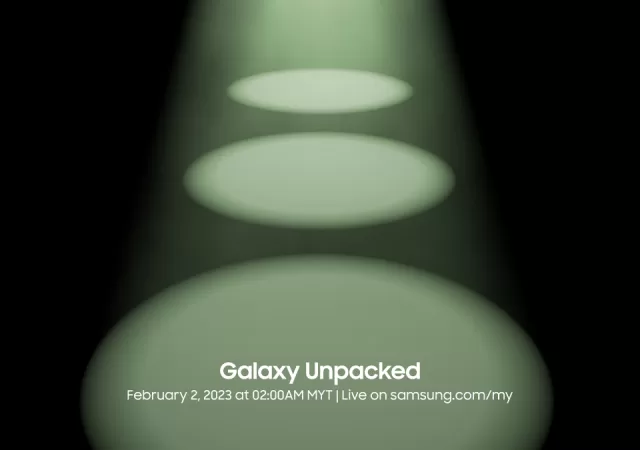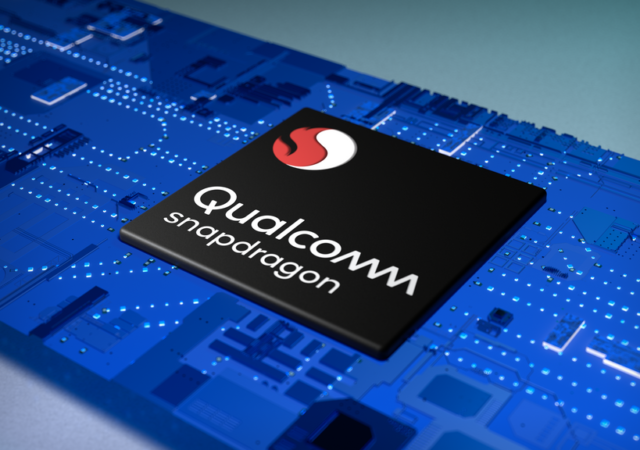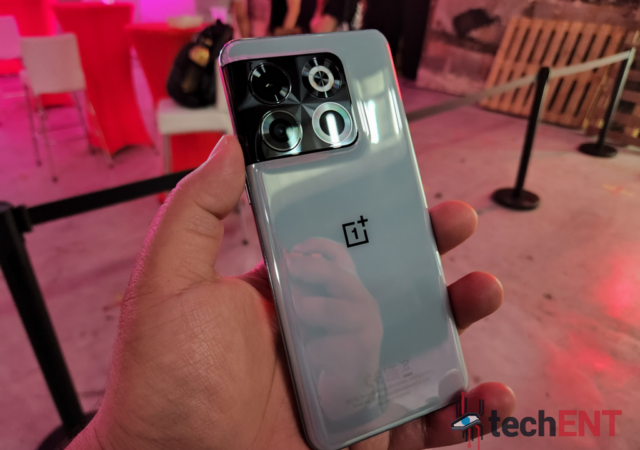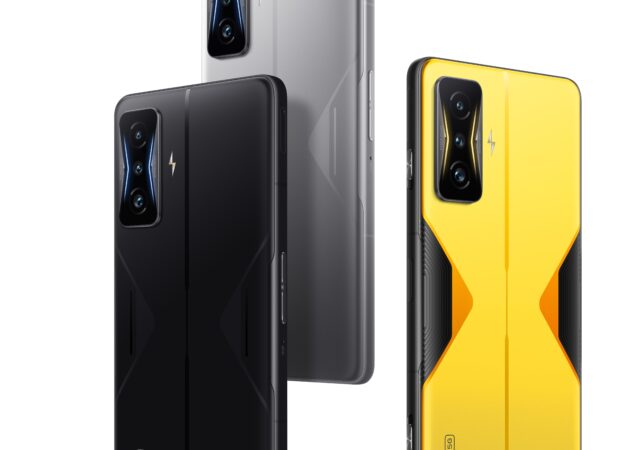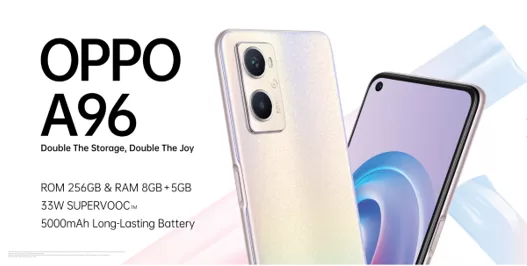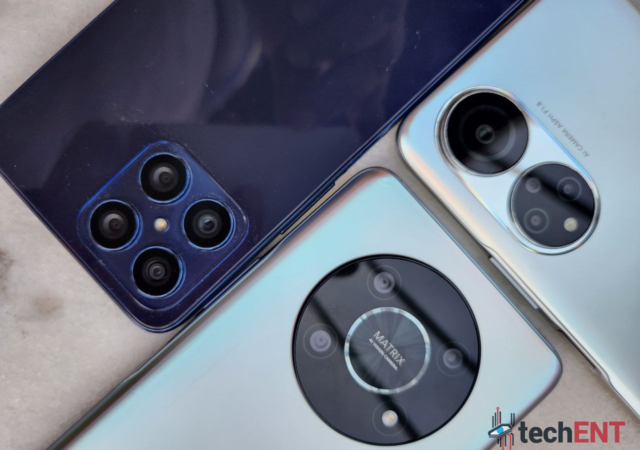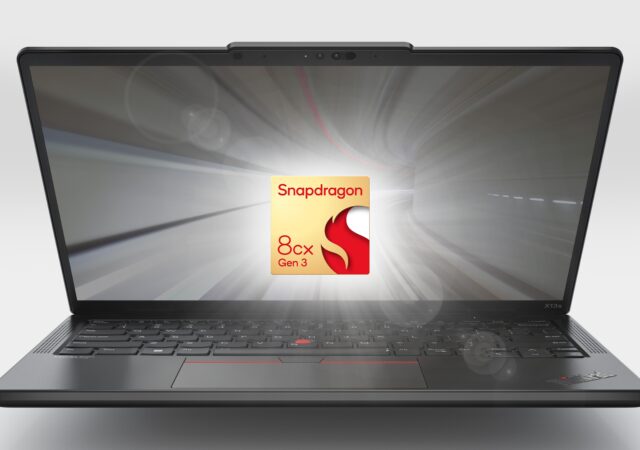Samsung has announced their Galaxy Unpacked event to launch their latest flagship smartphone, the Galaxy S23 series on the 1st of February
Snapdragon 8 Gen 2 announced at Snapdragon Summit 2022
The Snapdragon Summit 2022 has unveiled the highly anticipated Snapdragon 8 Gen 2 platform, promising to revolutionize the flagship smartphone experience. Snapdragon’s highlight event of 2022 held in Hawaii from November 15th to 16th centered around the announcement of the…
Qualcomm Announces the Snapdragon 782G
Qualcomm has introduced their new Snapdragon 782G SoC with all-around improvements over the older 778G+ SoC.
HONOR X8 5G Available in Malaysia for MYR999
HONOR is addiing another affordable smartphone to its offerings complete with 5G connectivity with the new HONOR X8 5G.
Hands-On with the OnePlus 10T 5G in Jade Green
We’re going hands-on with the OnePlus 10T 5G in its signature Jade Green colour!
POCO Launches Their Latest Flagship, the F4 GT at MYR 2,299
POCO launches their latest flagship with Snapdragon 8 Gen 1 in Malaysia for MYR 2,299 onward. it comes with up to 12GB RAM and 256GB ROM.
OPPO A96 with 256GB Launches in Malaysia for MYR 1,299! Hands-On the OPPO A96
OPPO launches their new entry-level A-Series device, the OPPO A96 with up to 256GB of storage with 8GB of RAM. Retails for MYR 1,299.
The HONOR X series Returns with Three New Entries
The HONOR X series makes a return with three new devices powered by the Qualcomm Snapdragon processors!
[MWC 2022] The Lenovo ThinkPad X13s – Snapdragon Inside
Lenovo took part in MWC 2022 and launched the Snapdragon based ThinkPad X13s running Windows 11 Pro, the first in Lenovo’s PC line-up.
[MWC 2022] POCO Launches the New X4 Pro 5G! Coming to Malaysia Very Soon for MYR 1,199 Onward!
POCO appeared in MWC 2022! They launched a new budget champion too in the POCO X4 Pro 5G. Available in Malaysia at MYR 1,199 onward.



